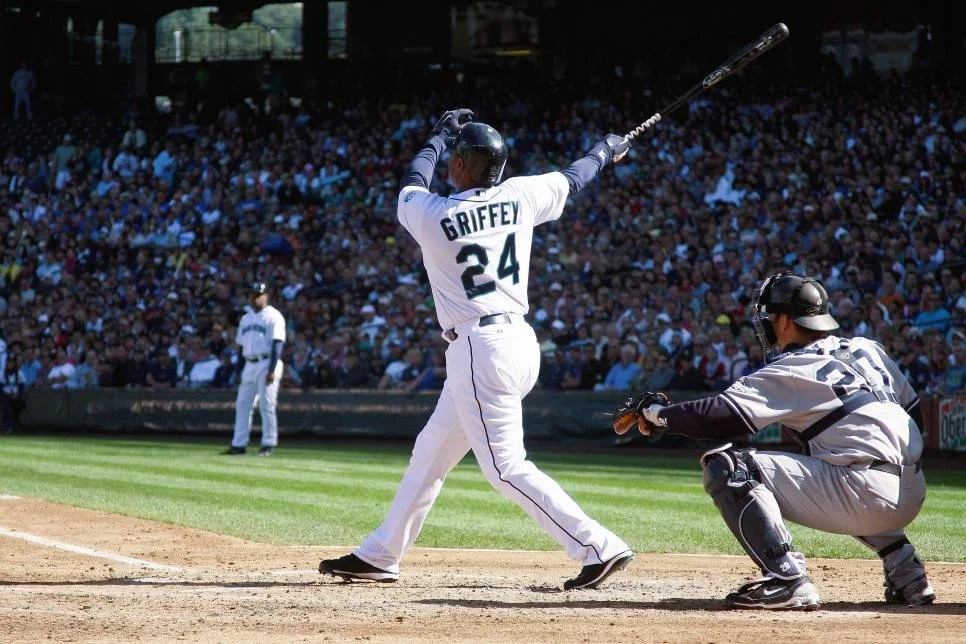The Evolution of MLB’s Run Scoring Environment
Photo Credit: Otto Greule Jr.
Between 2022 and 2023, the league's average wOBA jumped from 0.310 to 0.318 following the implementation of the pitch clock, the ban of the overshift, and the increase in base size. These adjustments not only enhanced the scoring dynamics but also resulted in a reduction of game duration by 24 minutes per game, bringing game time down to 2 hours and 40 minutes, on average.
Despite total attendance nearly rebounding to pre-pandemic levels, as evident from Figure 1 below, it remains considerably below the figures seen in the mid to late 2000s. This trend is primarily attributed to the current lower run-scoring levels in baseball.
In this post, I’ll take a look at the factors that have historically driven change in the league’s run scoring environment, and discuss future league changes that can increase both run scoring and attendance.
The league average wOBA over the years is plotted and annotated in Figure 2 below. The following are some of the key shifts in run scoring since 1920:
1920: Babe Ruth hits 54 homeruns, 35 more than any other player. Hitting homeruns becomes a larger part of offensive strategy and run scoring increases.
1947: Jackie Robinson breaks the color barrier and there is a subsequent influx in talent to the major leagues. The influx in talent addresses the prior under-supply of pitching talent, and causes run scoring to plummet. Scoring bottoms in 1968 when Bob Gibson goes 22-9 with a 1.12 ERA.
1969: A four team expansion and the lowering of the pitching mound causes run scoring to rise. The four team expansion led to a shortage of talented pitchers once again, and the lower mound reduced pitcher effectiveness.
2006: Joe Maddon and the Tampa Bay Devil Rays introduce the overshift and the rest of the league catches on, leading to a reduction in run scoring.
Figure 2: League average wOBA from 1871 to 2023, annotated with key moments and trends
What will happen going forward?
We’ve learned from the past that run scoring can be raised via expansion. Hence, a two-team expansion to 32 teams either in the late part of this decade or early in the next could significantly enhance both the league's run production and attendance.
Moreover, the Automated Ball-Strike System (ABS) is expected to further boost offensive output once it is introduced in the coming years.
Lastly - after ABS is rolled out and the two team expansion has taken place - if the run scoring environment still has not returned to the levels of the mid to late 2000s, lowering the mound again could be a viable option.


